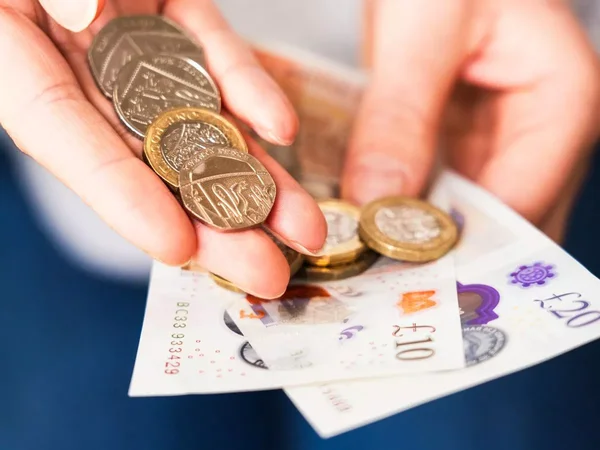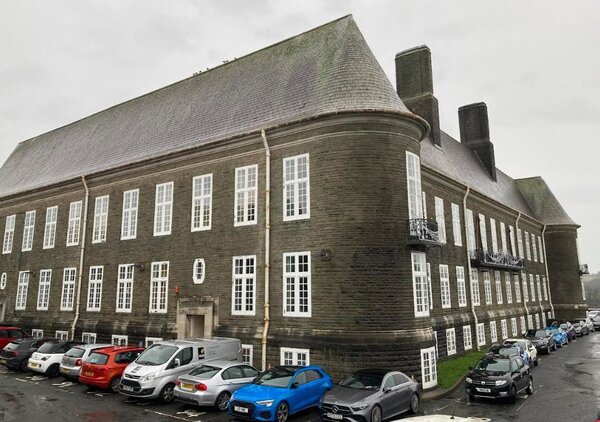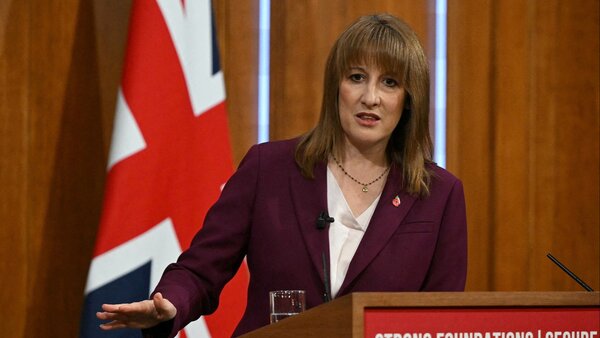Driving for Business? Here’s How to Claim Your Miles Back
If you’re self-employed and using your own car, van, or bike for work, you could be missing out on a valuable tax saving. HMRC’s mileage allowance lets you claim a set amount per mile instead of tracking every fuel and repair receipt.In this guide, we’ll walk you through exactly how it works, who can claim, the rates you can use, and the records you need to keep, so you can claim with confidence and keep more of your hard-earned income. Lets get right into it!
What is the self-employed mileage allowance?
The self-employed mileage allowance is HMRC’s approved method for claiming business travel costs against your taxable profits, which reduces your business profits for tax purposes. It’s often called “Simplified Expenses” for good reason.
The flat rate mileage allowance lets you claim a set amount per mile for business journeys, making it easy to calculate your deduction. Not every self employed person or sole trader can automatically claim mileage allowance—this method is mainly for self employed people and sole traders. The allowance applies to journeys made for business purposes.
Instead of tracking every receipt for fuel, insurance and repairs, you simply multiply your business miles by the approved rate when using your vehicle for business purposes. This creates a cleaner expense record.
You claim this on your Self Assessment tax return to reduce your tax bill. The beauty is in its simplicity – fewer calculations and less paperwork!
Eligibility and Restrictions
Not every self employed person or sole trader can automatically claim mileage allowance using the simplified expenses method. To qualify, your business must operate as a sole trader or partnership and have a turnover under £85,000 per tax year. This flat per mile rate is designed to make claiming mileage allowance easier for smaller businesses, helping you avoid the hassle of tracking every fuel receipt or repair invoice.
However, there are important restrictions to keep in mind. If you’ve already claimed capital allowances for your vehicle, or if you include your vehicle in your business expenses using the actual cost method, you cannot use the simplified expenses method for that vehicle. HMRC rules prevent double-claiming, so you must choose one approach and stick with it for each vehicle.
Current mileage rates you can claim
For cars and vans, HMRC allows you to claim 45p per mile for the first 10,000 business miles in each tax year. These are approved mileage rates and are considered flat rates for tax purposes. After that, the rate drops to 25p per mile.
For cars and goods vehicles, including vans and any goods vehicle used for business, you can claim these allowances. Motorcycle users can claim 24p per mile regardless of distance covered. Cyclists haven’t been forgotten either – you can claim 20p per mile when using a bicycle. Electric vehicles are also eligible for mileage allowance at the same rates as petrol or diesel vehicles.
These rates cover all vehicle running costs including fuel, insurance, repairs, depreciation, road tax, wear and tear, servicing costs, fuel costs, motoring costs, and vehicle costs. You cannot claim these expenses separately if using the mileage method.
These are included in the flat rate mileage allowance, but you may still claim other allowable expenses such as parking fees or tolls. The total cost of running the vehicle is factored into the flat rate, simplifying your tax calculations.

What journeys count as business travel?
Keeping proper mileage records
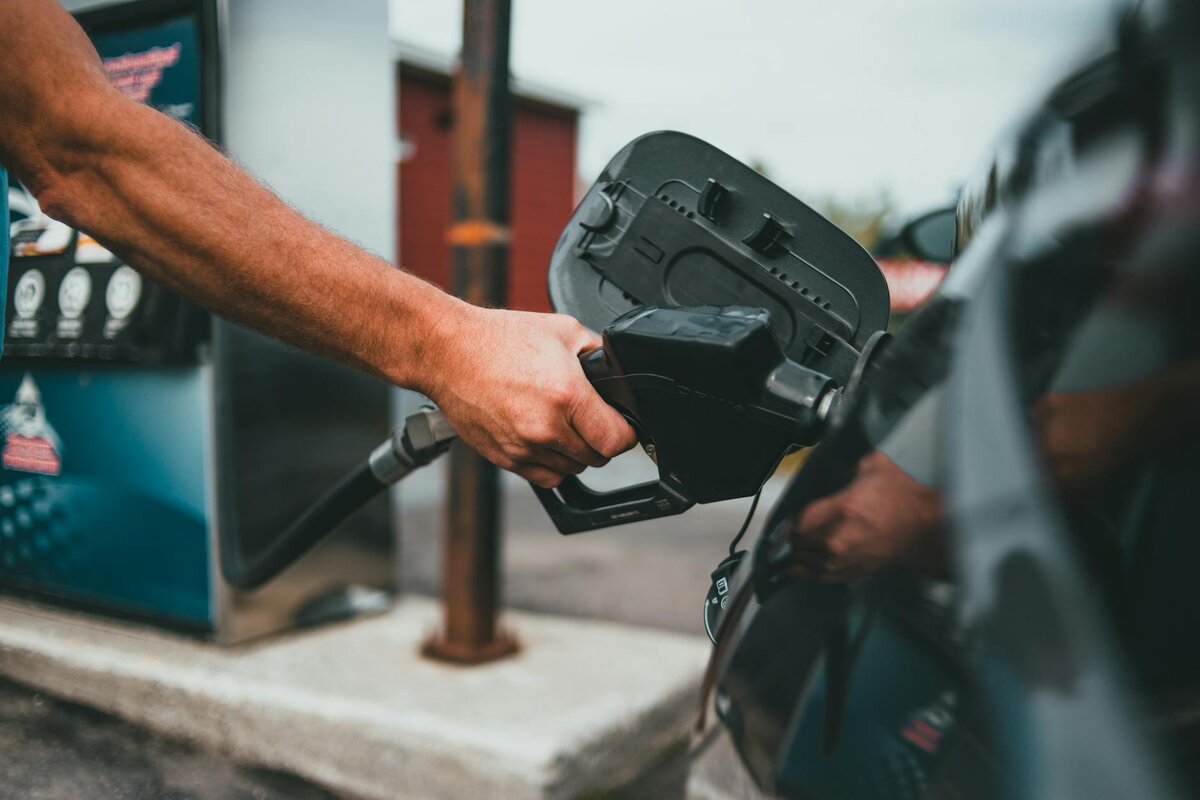
How to calculate your mileage claim
Calculating your claim is straightforward. Simply multiply your business miles by the appropriate rate for your vehicle type. Be sure to accurately track your total business miles for the year to ensure your claim is correct and compliant with HMRC requirements.
For example, if you drove 12,000 business miles in your car during the tax year:
• First 10,000 miles at 45p = £4,500
• Remaining 2,000 miles at 25p = £500
• Total claim = £5,000
This is how you claim expenses for business travel using the mileage method.
This £5,000 becomes a business expense that reduces your taxable profit, as well as your company's taxable profit and overall business profits. If you’re in the 20% tax bracket, that’s a £1,000 saving on your tax bill! Understanding the total cost of your business travel helps you maximize your claim and ensure you’re getting the full tax benefit.
Mileage allowance or actual costs?
You have a choice: claim using the mileage allowance or track all your actual vehicle expenses and claim the business percentage. Both methods have merits. The actual expenses method requires you to keep detailed records of all actual vehicle costs, such as fuel, insurance, repairs, and maintenance, to calculate your allowable deduction.
Once you’ve chosen a method for a particular vehicle, you must stick with it. If you claim simplified expenses using the mileage allowance, you must continue to do so for that vehicle as long as it remains in your business. Also, claiming capital allowance for a vehicle can affect your eligibility to use the simplified expenses method.
The mileage method usually works best for lower-value cars with good fuel efficiency. Servicing costs, vehicle maintenance, and wear and tear are all included in the mileage allowance, but if you use the actual cost method, you must track these expenses separately. Expensive vehicles with high running costs might benefit more from the actual cost method. In this case, you may need to use advisory fuel rates and keep records of fuel expenses, self employed car expenses, and car expenses to ensure accurate claims.
While the simplified mileage method is easier, tracking all motoring costs and actual expenses can be time consuming compared to the flat rate approach.
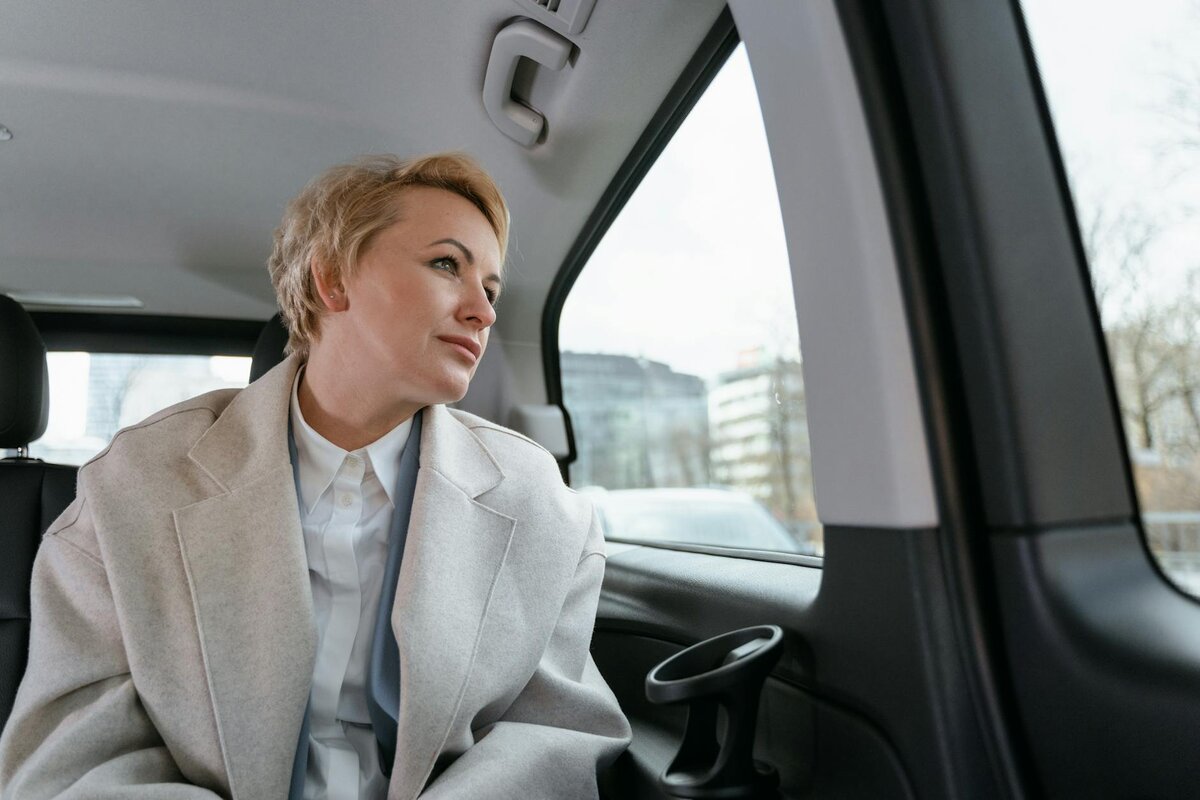
Final Thoughts
The self-employed mileage allowance offers a hassle-free way to claim legitimate tax relief on your business travel. Understanding what qualifies as business mileage is crucial.
Keep good records of every business journey you make. A few minutes spent logging each trip could save you hundreds or even thousands in tax!
Remember that HMRC may ask for evidence of your journeys during an investigation. Proper documentation protects your claim and your business.
Simplifying Self-Employed Mileage Allowance Tax
Tired of manually tracking your business miles? There's a simpler way with the UK's first personal tax app designed specifically for self-employed professionals.
Pie can help logs your journeys and identifies business trips, calculating your tax savings in real-time. No need to remember rates or do complex calculations.
All your mileage records are securely stored and ready for tax season, with proper documentation that meets HMRC requirements. This provides peace of mind during inspections.
Want to see how much tax you could save on your business mileage? Explore the Pie app today and discover how we can make tax season less stressful for you.






